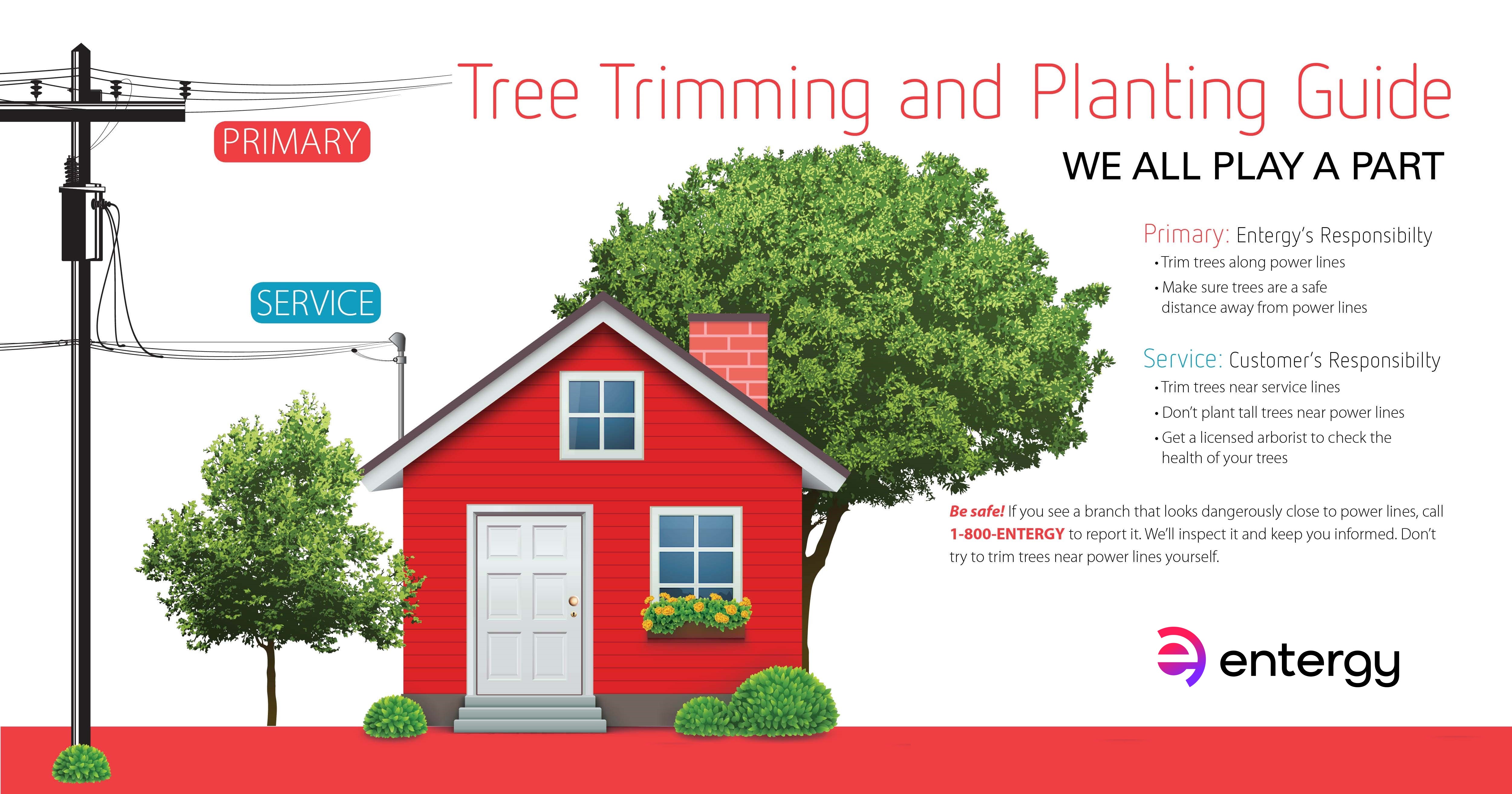Identifying The Requirement For Tree Elimination: A Guide For Homeowners
Identifying The Requirement For Tree Elimination: A Guide For Homeowners
Blog Article
Authored By-Rollins Long
Trees add charm and value to residential property, yet they can also position a danger during severe weather events. If a tree has actually stopped growing, is displaying noticeable fungal growth, or has a leaning trunk, it ought to be gotten rid of by a professional to stay clear of property damages and injury.
For more information, participate in a homeowner resource reasonable co-hosted by HPD, the Center for New York City Neighborhoods, and Brooklyn-based real estate partners this evening in Bedford-Stuyvesant. The event will feature the Property owner Handbook, a new overview to aid property owners browse the responsibilities of possessing a home.
1. Dead or Dying Branches
Trees are an essential part of your home's landscape, offering color and elegance. They additionally give sanctuary for wild animals and create oxygen, however also healthy trees can experience health problems that might require their removal. Dead or dying trees aren't simply unsightly, they can be unsafe. Their branches can drop throughout a storm, causing pricey residential or commercial property damage and injuries.
When a tree's branches start to die, it means that its framework is starting to break down. If most of its branches are dead, it is likely time to remove it.
Try to find https://www.countryliving.com/gardening/garden-ideas/g25726652/stone-walkway/ of new development, bark peeling, open wounds or tooth cavities, fungi expanding on the trunk or origins and a general appearance of decay in the entire canopy. These signs of infection can suggest a significant issue that will certainly call for expert tree solutions to settle.
2. Leaning Trunk
While it's normal for trees to lean every now and then due to phototropism, if a tree has a dangerous or serious lean that's not due to natural processes - maybe an indication that the tree requires to be removed. If the tree is leaning toward a power line, home, vehicle, play framework or any other area that could be dangerous to people if it falls, after that calling a specialist tree service for elimination must be a top priority.
commercial grounds maintenance 's also essential to look for any kind of sudden changes in a tree's leaning as it can indicate damages to the roots or trunk that might result in falling. This is specifically real during stormy weather, given that high winds and rain-soaked soil can create a lean to transform rapidly. Regular monitoring, especially throughout and after tornados can aid property owners acknowledge potential problems with their trees so they can call an arborist for an extensive assessment.
3. Insect Problem
Some pest problems, such as wood-boring bugs like emerald ash borer or sap-suckers like scale insects, are so serious that they can trigger a tree to die. The very best means to stop pest invasion is to check your trees often. Seek spots, holes, or stainings in the fallen leaves and bark. Analyze the trunk for fractures and indicators of insect damage, such as tunnels or tracks.
If a tree ends up being also ravaged with parasites, or is close to a home or power lines, an arborist may advise removal. If Read Homepage leaning tree creates a new, unsteady lean, an arborist will likely recommend elimination also to make sure the safety of people and home. If a weakened or dead tree consistently loses excessive branches, it is an indicator that it is time to remove the tree. If a tree continues to drop branches for an extended period of time, it can bring about structural troubles and prospective residential property damages.
4. Damaged Trunk
Trees are a gorgeous and integral part of our landscape, but they do require regular care to keep them healthy and balanced and risk-free. If a tree is harmed beyond repair it is likely time for it ahead down.
Seek signs of damages to the trunk, including vertical fractures, seams, dead branch stubs, visible wounds or open cavities and extreme tree-rot. The visibility of fungis at the base of the trunk is one more alerting sign. Fungis might show that the phloem and xylem (life-support cells) are jeopardized, enabling the spread of illness or a future failing.
Additionally, consider whether the tree has stopped growing. Healthy and balanced trees will have new development annually, which may be visible as buds or branches growing and extending. If you do not see any type of new development, it's a good idea to have an arborist evaluate the tree and follow their recommendation for elimination. A passing away or harmed tree can fall and create property damage.